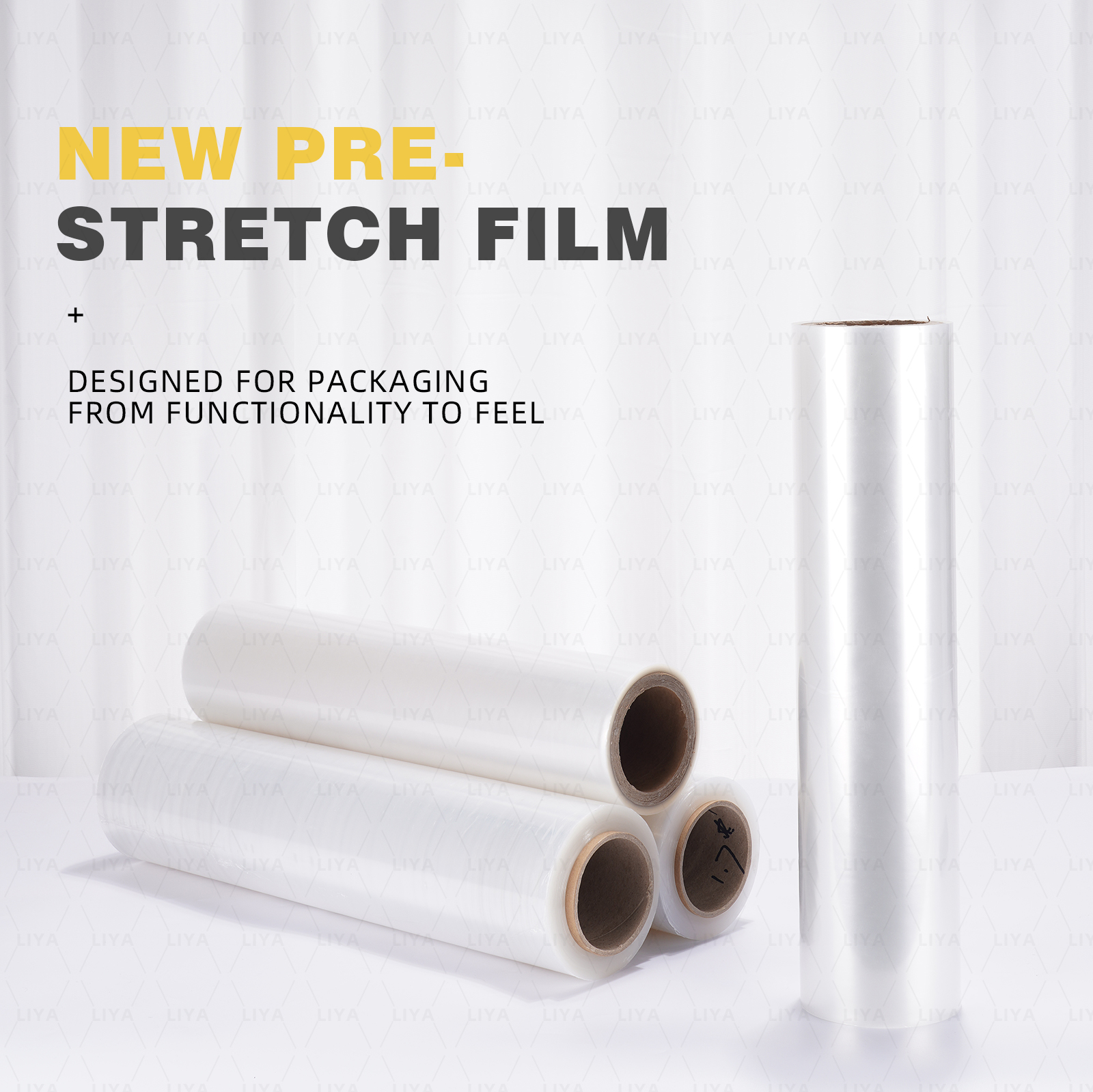mail a small padded envelope
The Art of Mailing a Small Padded Envelope
In today's digital age, where emails and instant messaging dominate communication, the simple act of mailing a small padded envelope may seem outdated. However, there are still moments when only a tangible letter or a small package will do. Whether it's sending a precious gift, an important document, or a handcrafted item, understanding the nuances of using a padded envelope can make all the difference.
Why Choose a Padded Envelope?
Padded envelopes are specifically designed to protect delicate items during transit. Their internal cushioning, usually made of bubble wrap or foam, helps prevent damage from impacts and rough handling that packages might endure while being shipped or transferred between warehouses. This protective layering not only secures the contents but also ensures that they arrive at their destination in pristine condition. For instance, small electronic devices, fragile collectibles, or handmade jewelry often benefit from the added protection of a padded envelope.
Selecting the Right Padded Envelope
Before sending anything, it's crucial to choose the right size of a padded envelope. They come in various dimensions, catering to products ranging from small papers to larger items that still require careful handling. When selecting an envelope, ensure it is not too tight for your item; there should be a snug fit that allows for some cushioning. Additionally, check the material quality. A robust envelope with reinforced seams and a strong exterior is essential for safeguarding the contents against potential tears and punctures.
Packing Your Item Securely
Once you've chosen the appropriate padded envelope, it’s time to pack your item securely. If it’s a delicate object, wrap it in tissue paper or bubble wrap before placing it inside the padded envelope. This extra layer of protection can prevent scratches and absorb shocks during transit. If you are sending multiple items, ensure that they do not move around within the envelope, as this could lead to damage. For extra reassurance, consider using packing tape to seal your item before placing it within the envelope.
mail a small padded envelope

Addressing the Envelope
Clear and accurate addressing is crucial for a successful delivery. Write or print the recipient’s address legibly in the center of the envelope. Include relevant information such as a company name (if applicable) and an apartment or suite number to avoid any potential delays. The return address should be placed in the top left corner. Make sure that both addresses are complete and accurate, as any errors could result in a misdelivery or lost package.
Choosing the Right Postage
Once your envelope is securely packed and addressed, the next step is selecting and applying the right postage. Depending on its weight and dimensions, you may need to weigh the envelope to determine the proper postage rate. Most postal services provide online calculators to help you determine this quickly. After buying the postage, affix it securely to the top right corner of the envelope. Ensure that no other markings or labels obstruct the postage, as this could hinder the mailing process.
Final Touches and Mailing
Before you head to the post office or drop your envelope in a mailbox, take a moment to double-check everything. Ensure the envelope is properly sealed and the addresses are clearly written. You might also want to consider adding tracking options, especially for valuable items, so both you and the recipient can monitor its journey.
In conclusion, sending a small padded envelope may involve several steps, but the care put into each one is worth it. From selecting the right envelope to securely packing and mailing it, each action enhances the chance of a smooth delivery and satisfied recipient. In an era dominated by digital communication, taking the time to mail something tangible retains a unique charm and significance. So the next time you prepare to send a small padded envelope, remember the art behind it and the joy it can bring to those who receive it.
-
The Best Uses for Small Trash Bags in Daily LifeNewsJul.01,2025
-
Stylish Reusable Grocery Bags TrendsNewsJul.01,2025
-
Shipping Advantages of Using Bubble Envelopes BulkNewsJul.01,2025
-
How Compostable Mailing Bags Reduce Environmental ImpactNewsJul.01,2025
-
Environmentally - Friendly Bulk Poly MailersNewsJul.01,2025
-
Eco Friendly Custom Laminated Tote BagsNewsJul.01,2025
-
Have the freedom of customizing your custom mailers any way you want! Our dedicated packaging support will help deliver you the mailing experience you need to elevate your shipping experience to the next level! Start making a strong impression on your customers and stand out from your competitors! -
LIYA uses high quality raw materials which directly purchased from large enterprises domestic and overseas such as PetroChina, Sinopec, Sabic, Equate, ExxonMobil, Dow Chemical, Total, and Borouge, ensuring the price advantage and quality of the raw materials. -
LIYA uses high quality raw materials which directly purchased from large enterprises domestic and overseas such as PetroChina, Sinopec, Sabic, Equate, ExxonMobil, Dow Chemical, Total, and Borouge, ensuring the price advantage and quality of the raw materials.





